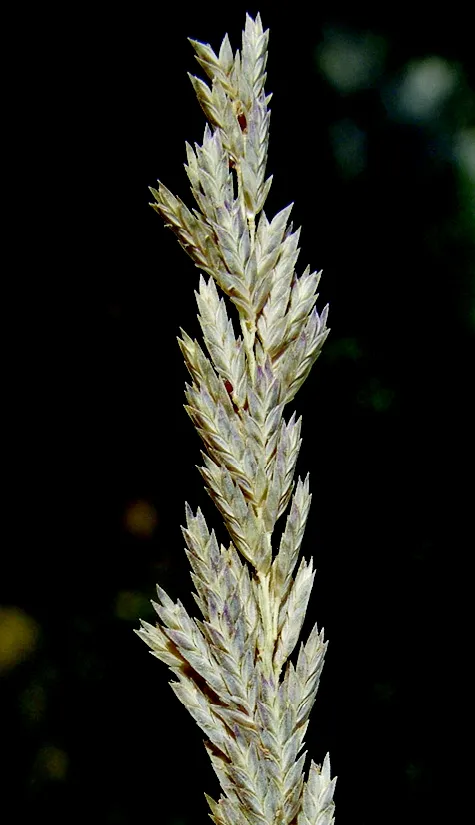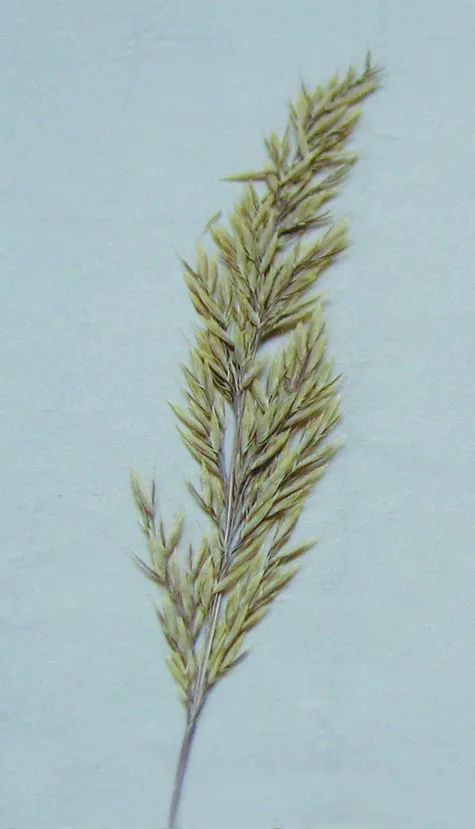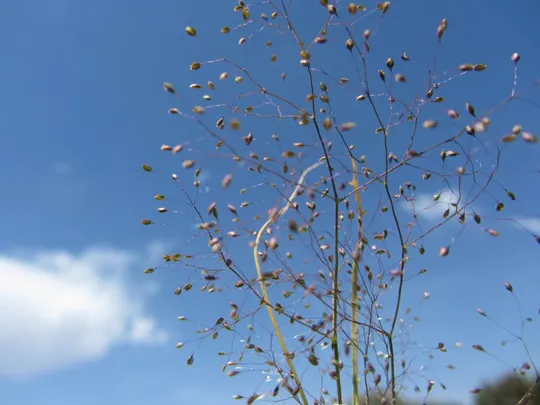Swamp Lovegrass
Eragrostis sarmentosa

Eragrostis sarmentosa was once found in 10 sites in Israel, but now grows in only four locations in the Sharon. It is extinct in the southern coastal plain regions (Philistean Plain and the Gaza coast), from where there are records from the 1940s. There is a record in Flora Palaestina from the western Negev and from the Arava, but these were probably single sightings of episodic colonization. In the Sharon region E. sarmentosa now grows in the Menashe wadis Reservoirs (west of Pardes Hanna), in the Samar Pond and in the pool near Bet Yanay (based on the 1994-1995 rare species survey ). There is also a record from 1984 in the Ramat Aviv area. It has become extinct in this region from Pardes Hanna, from Wadi Hadera and from the pond near Gan Shmu'el. In the Philistean Plain area, it was known from Nebi Rubin (the last record is from 1978 in the Yavne sands), Musrara Stream (Ayalon) and a pond in Tel - Aviv. A survey conducted specifically to find the species in the region in 1995, failed to find the species at these locations. In the Gaza Strip, it was collected once in Rafiah in 1925 but the botanist Parsa could not locate it again in 1998-2000. The species may be episodic.
Swamps and riverbanks on sandy soil.
Eragrostis sarmentosa is a very large genus that includes 300 species, distributed mostly in tropical and subtropical regions (including the Sudanic region of Africa). There are also northern species, mainly annual weeds. All the species are herbaceous, many of them noxious weeds in agriculture. Some of them are annual and are common in gardens. These species are effective migrants, and for last 150 years have spread to most of the world’s continents.
the data on Eragrostis sarmentosa in Israel make it difficult to characterize it as a red plant and make recommendations regarding its preservation. On one hand it is tropical species, for which Israel is its northern locus terminus, it is extremely rare and is found in very few sites. On the other hand, it may be an episodic species, that grows here and there (such as in the Arava and in the Western Negev) and does not establish stable populations. Because of its special characteristics: a. it is a tropical species at the edge of its distribution area; b. it is one of the unique coastal plain marsh plants – we prefer to include it in the red list and to prioritize its conservation and the study of its populations.
The Eragrostis sarmentosa population in the Menashe wadis Reservoir should be monitored to assess if it is a stable population in equilibrium or if it is a random colonization event that will eventually disappear.
Eragrostis sarmentosa is found in tropical Africa, Chad and in South Africa.
Eragrostis sarmentosa is a perennial grain that is very rare in Israel, which grows in wetlands on the coastal plain, whose habitat is being rapidly destroyed. Only four populations are known today, of the ten previously recorded. This is a tropical grain, with Israel at the northern edge of its distribution. The species also appears in stable habitats as well as in random disturbed locations. E. sarmentosa should be studied and monitored to determine it is not episodic.
Current Occupancy Map
| 1000 squre meter pixel | 5000 squre meter pixel | 10000 squre meter pixel | |
|---|---|---|---|
| number of observations | 0 | 0 | 0 |
| in total pixels | 0 | 0 | 0 |
| Family | Gramineae |
| Classification | On the endangered species list |
| Ecosystem | Coastal area (Humid) |
| Chorotype | Tropical |
| Conservation Site | Ya'ar Pond, Menashe Reservoir |
| Rarity |
1
4
6
|
|---|---|
| Vulnerability |
0
2
4
|
| Attractiveness |
0
0
4
|
| Endemism |
0
0
4
|
| Red number |
1
3.7
10
|
| Peripherality | S |
| IUCN category | DD EW EX LC CR EN VU NT |
| Threat Definition according to the red book | Vulnerable |
 Based on:
Based on:






